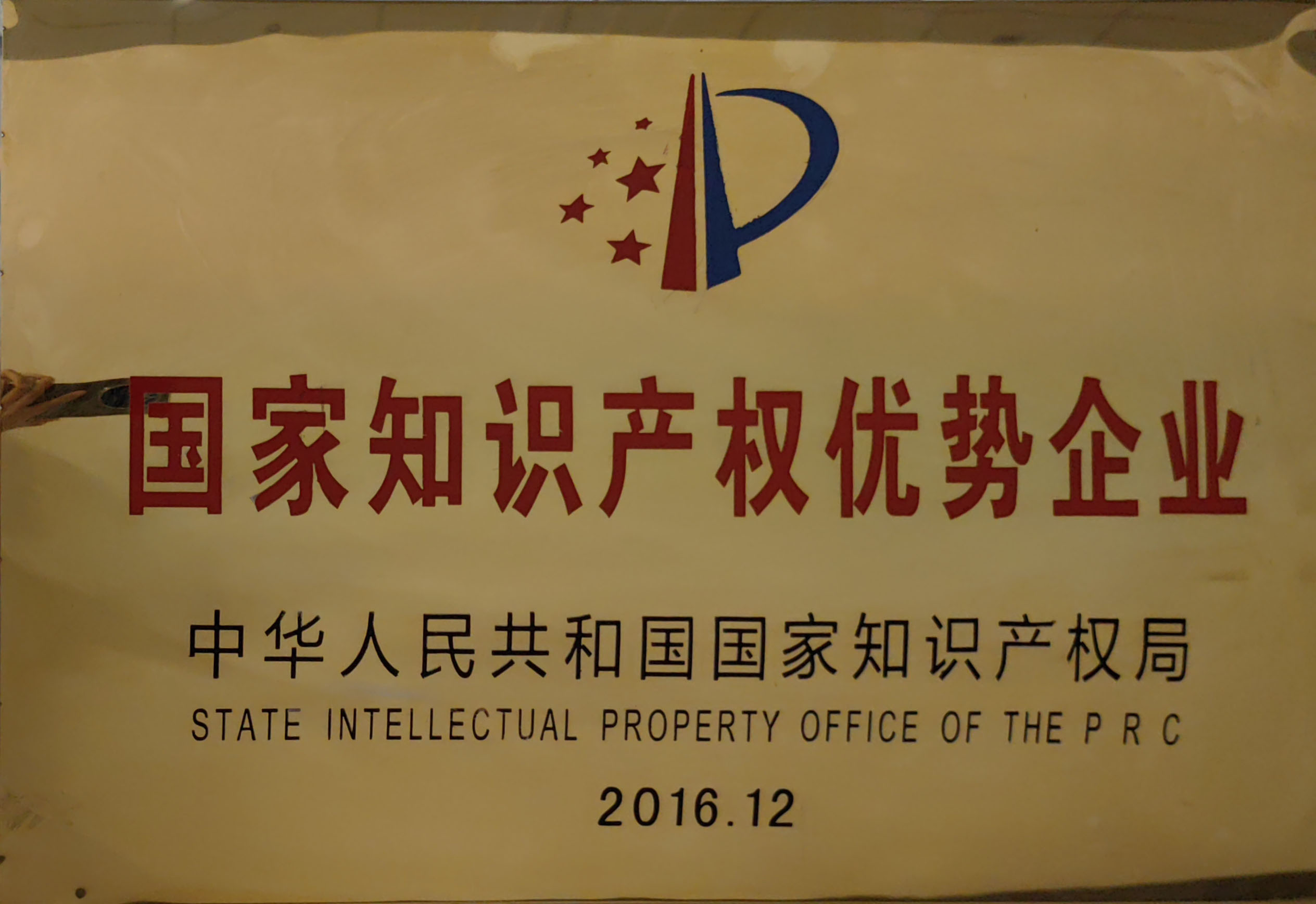
Nov . 21, 2024 13:43
Back to list
محطة تخفيض ضغط الغاز
Gas Pressure Reduction Stations An Overview
Gas pressure reduction stations play a vital role in the distribution and management of natural gas across urban and industrial landscapes. As natural gas is transported through extensive pipeline networks from production facilities to end-users, the pressure in the pipelines must be controlled to ensure safety and efficiency. This article delves into the significance, functioning, and technology surrounding gas pressure reduction stations.
.
The operation of a gas pressure reduction station involves several key components. The primary mechanism used to reduce gas pressure is the pressure regulator. These regulators automatically adjust the flow of gas and reduce the pressure to a predetermined level. Additionally, GPRS typically includes safety devices such as pressure relief valves, which activate to prevent overpressure situations, and monitoring systems that ensure the safe and consistent delivery of gas.
محطة تخفيض ضغط الغاز

One of the essential aspects of gas pressure reduction stations is their strategic positioning within the gas distribution network. GPRS are often located at key junctions where high-pressure transmission lines transition into lower-pressure distribution lines. Their placement is critical to maintaining the integrity and operational efficiency of the entire gas delivery system. Furthermore, these stations can be equipped with filtration systems to remove impurities from the gas, ensuring that the quality of gas delivered to consumers meets necessary standards.
In recent years, advancements in technology have significantly enhanced the efficiency and safety of gas pressure reduction stations. Modern GPRS may incorporate smart technologies that allow for real-time monitoring and data analysis, enabling operators to detect anomalies, predict maintenance needs, and optimize performance. Moreover, remote control systems can assist in managing operations without the need for manual intervention, thereby reducing the risk of human error.
Environmental considerations are also becoming increasingly important in the design and operation of gas pressure reduction stations. With the global move towards cleaner energy sources, many GPRS are being updated or built to minimize methane leaks and other emissions associated with gas delivery. The implementation of advanced sealing materials and regular maintenance can help mitigate environmental impacts, contributing to a more sustainable energy future.
In conclusion, gas pressure reduction stations are a cornerstone of the natural gas delivery system, ensuring that gas is safely and efficiently distributed to various consumers. Their strategic location, technological advancements, and safety measures make them indispensable for modern energy infrastructure. As the demand for natural gas continues to grow, the evolution of GPRS will play a crucial role in meeting energy needs while addressing safety, efficiency, and environmental concerns. Through ongoing innovation and a commitment to best practices, gas pressure reduction stations will remain integral to energy distribution in the years to come.
Next:
Latest news
-
Safety Valve Spring-Loaded Design Overpressure ProtectionNewsJul.25,2025
-
Precision Voltage Regulator AC5 Accuracy Grade PerformanceNewsJul.25,2025
-
Natural Gas Pressure Regulating Skid Industrial Pipeline ApplicationsNewsJul.25,2025
-
Natural Gas Filter Stainless Steel Mesh Element DesignNewsJul.25,2025
-
Gas Pressure Regulator Valve Direct-Acting Spring-Loaded DesignNewsJul.25,2025
-
Decompression Equipment Multi-Stage Heat Exchange System DesignNewsJul.25,2025

